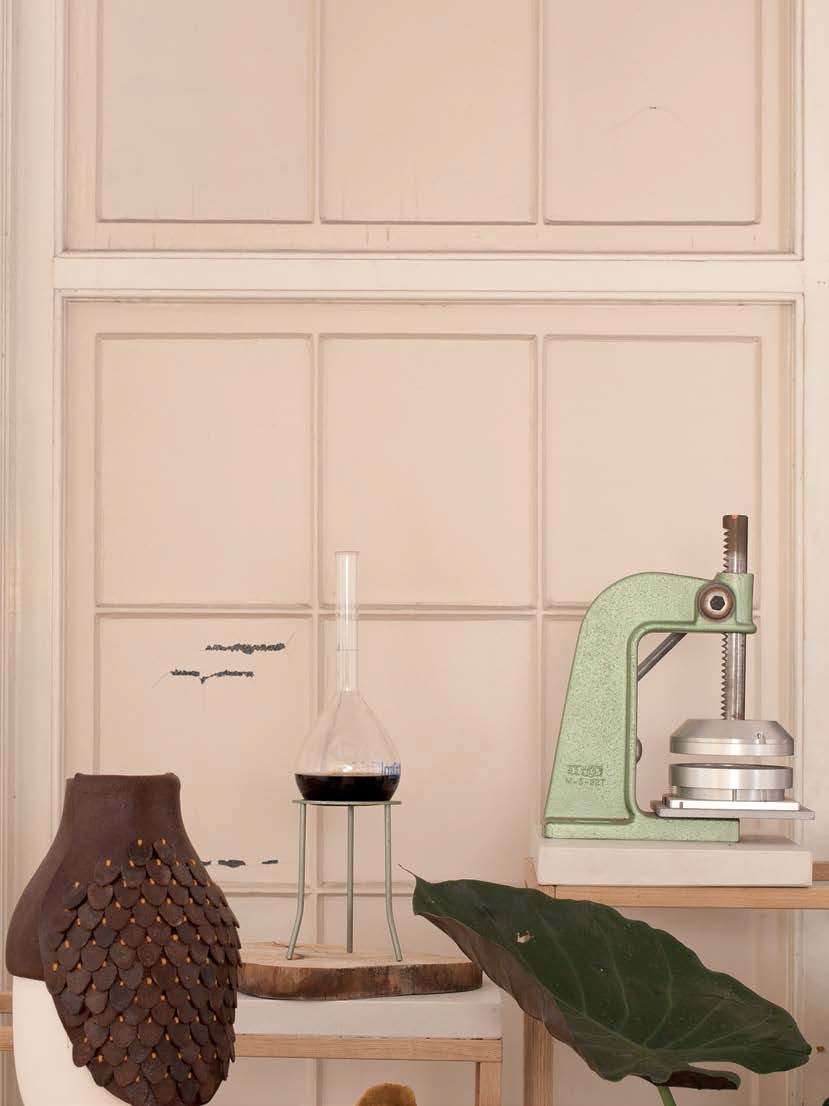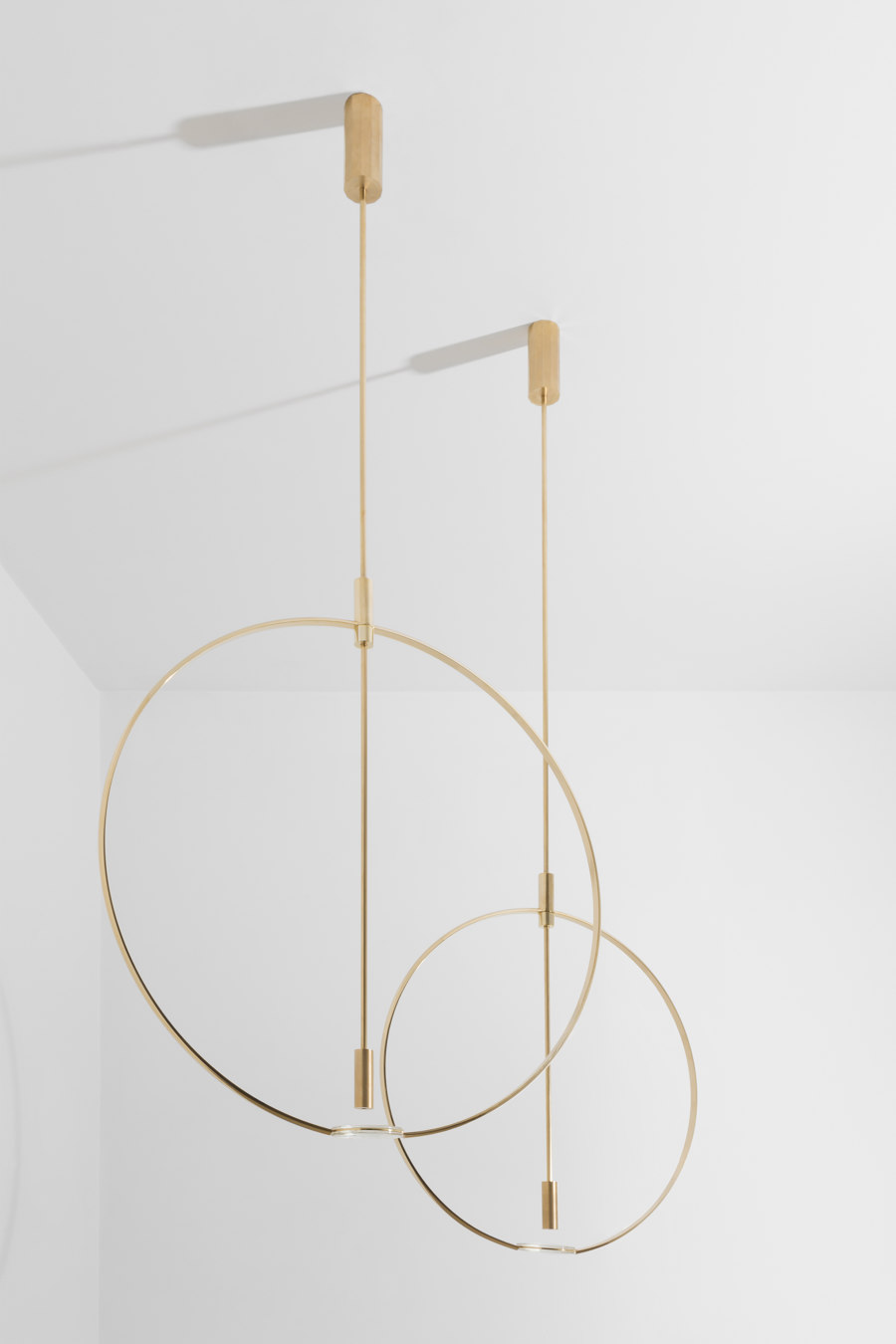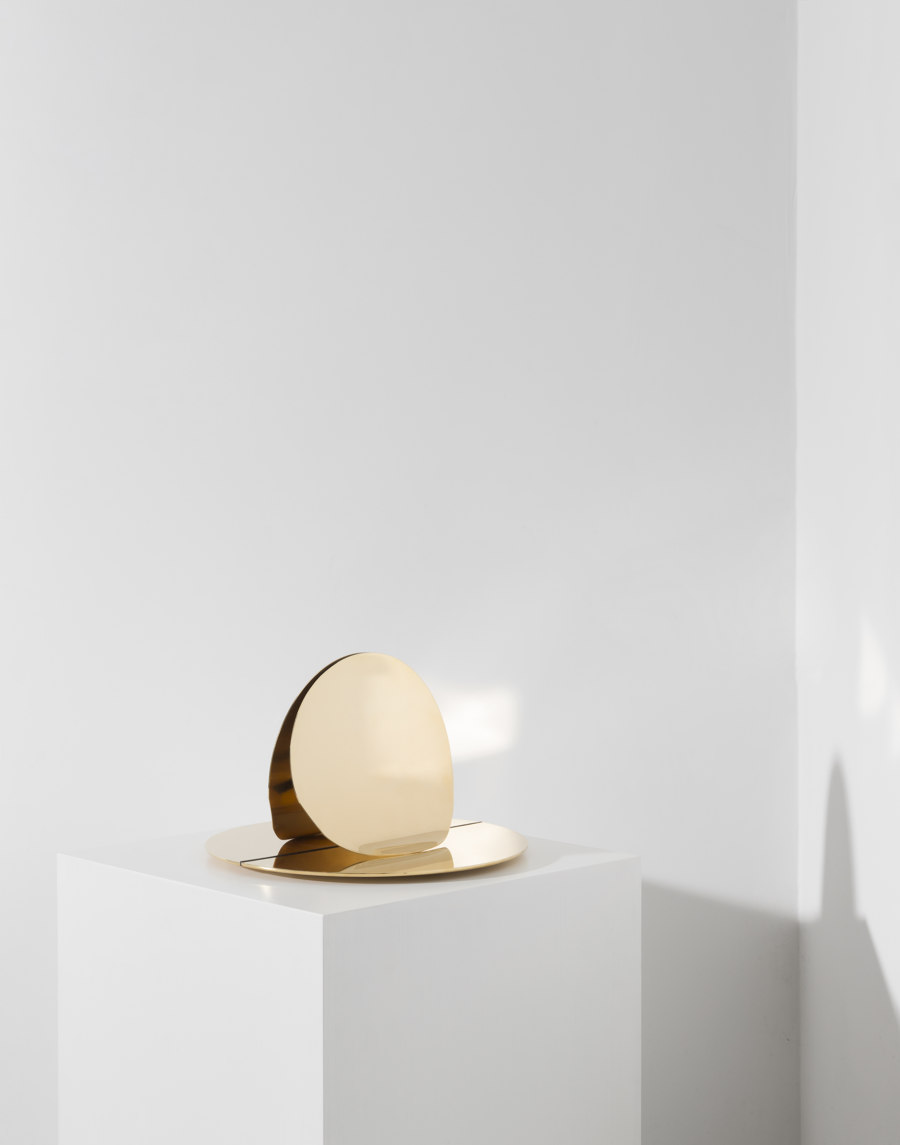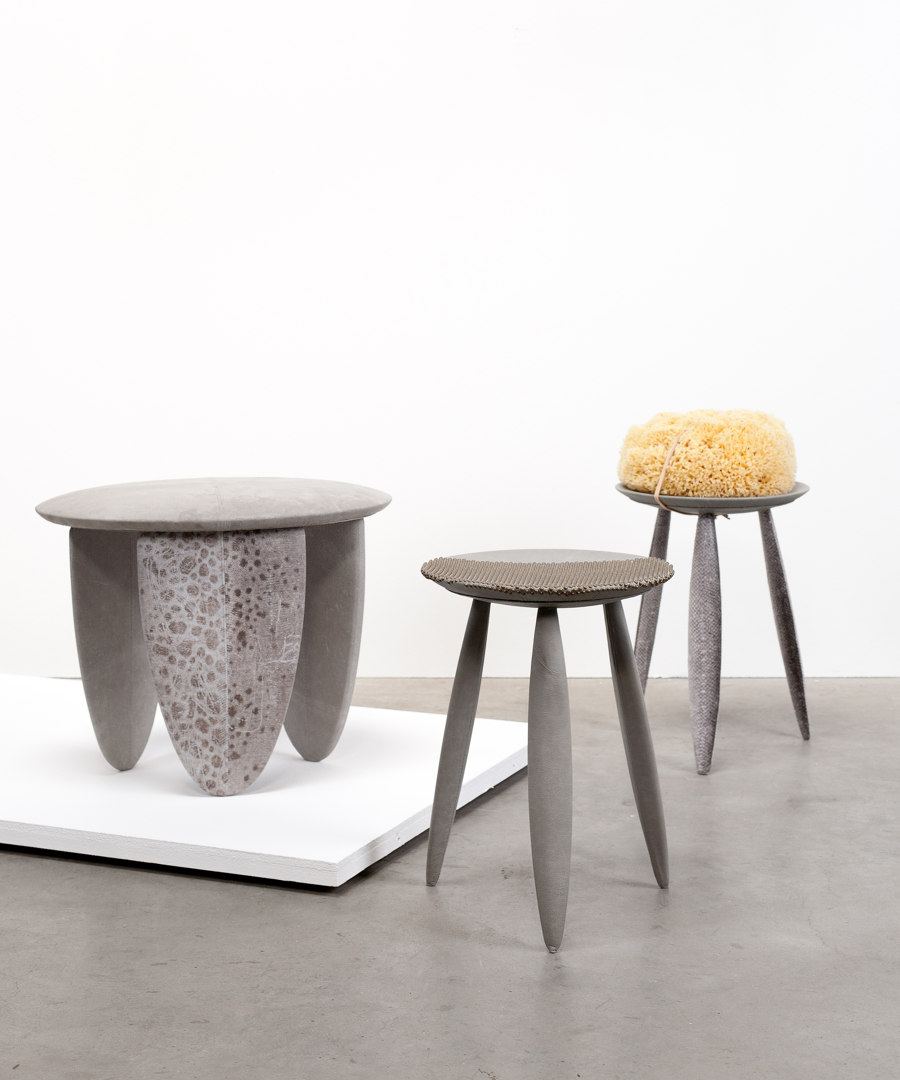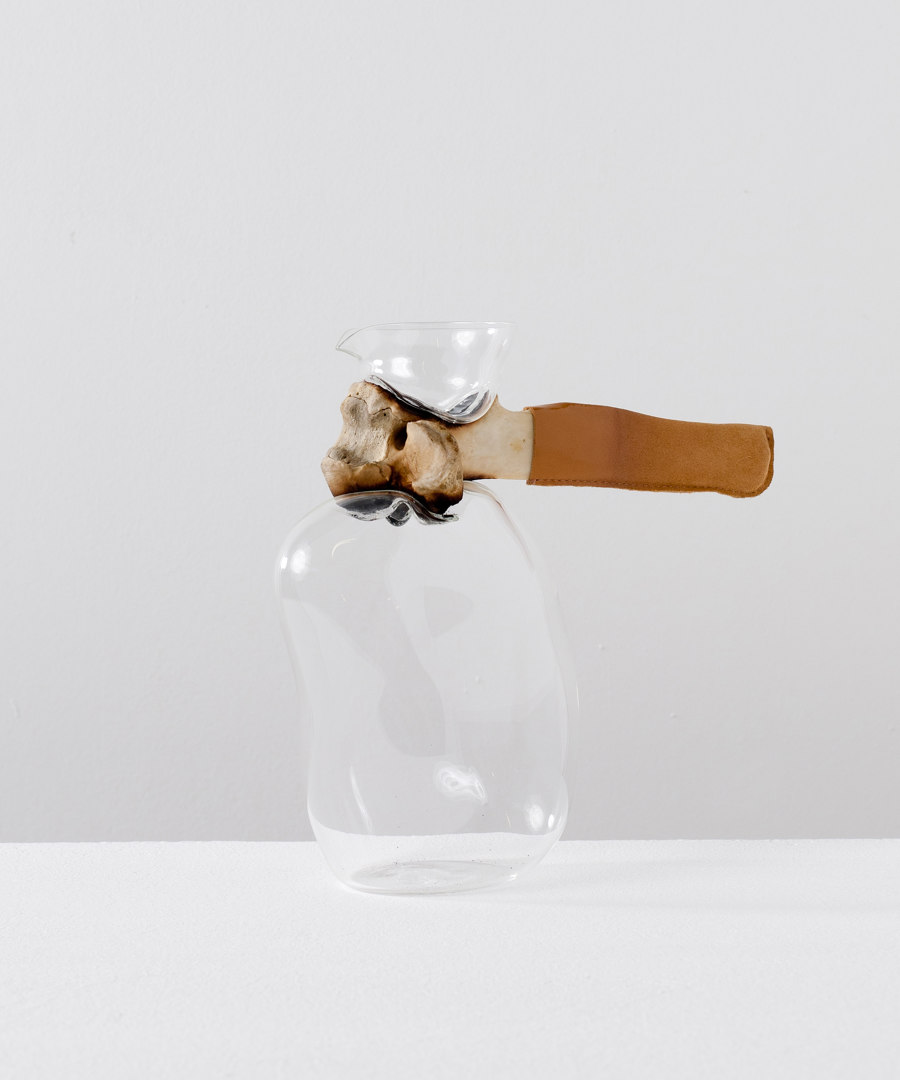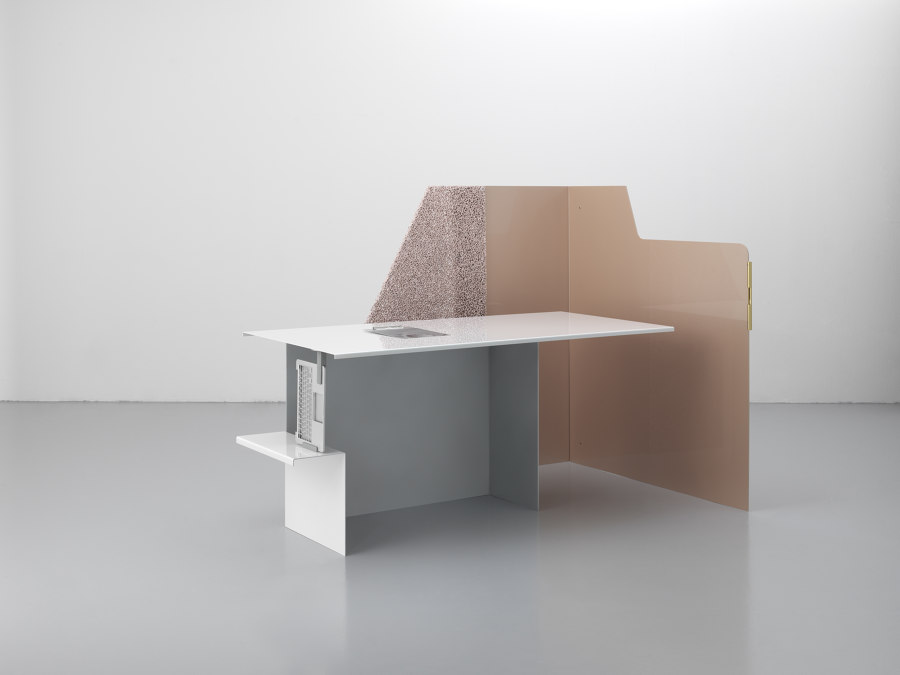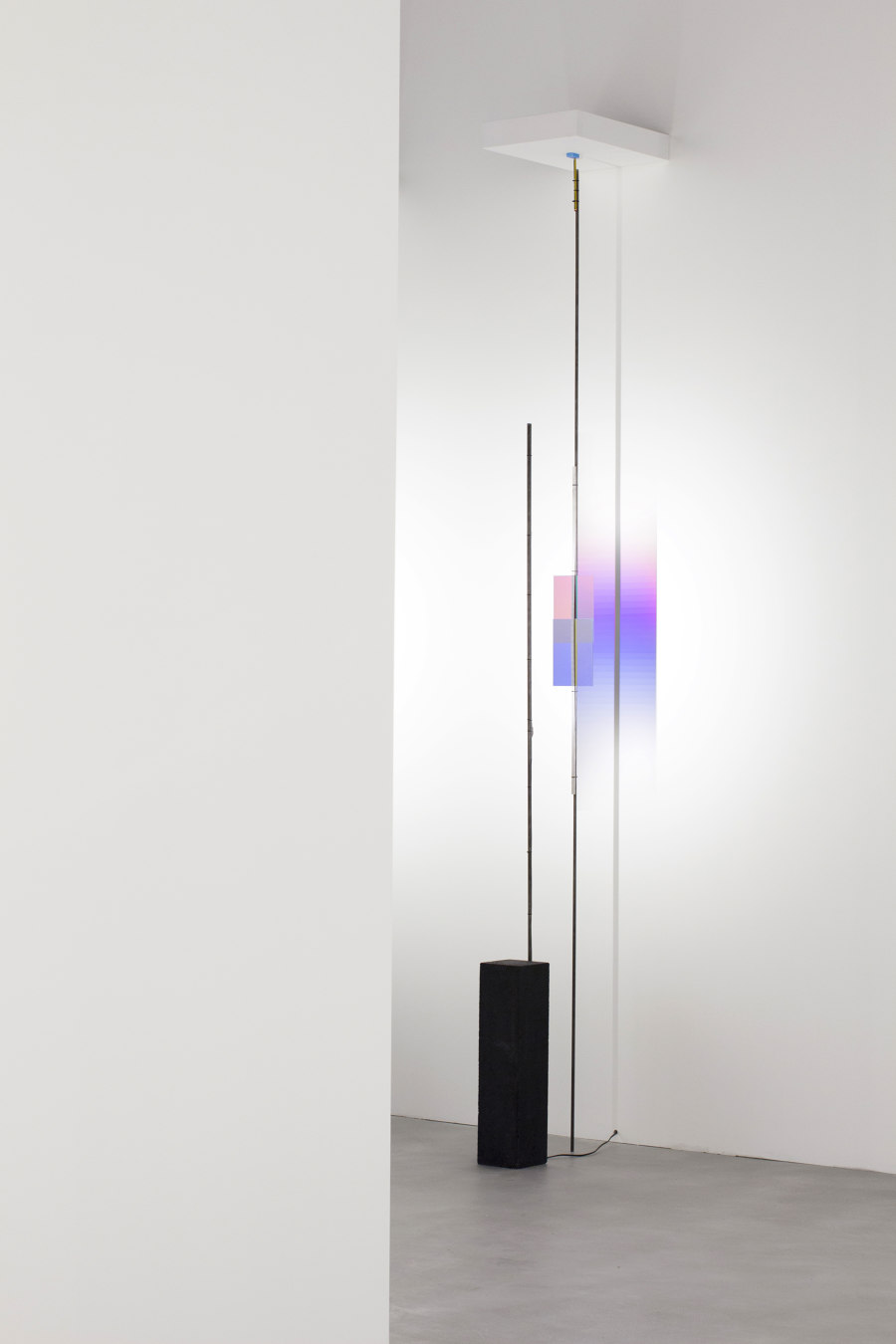Reinterpreting the Past to Revitalize the Present: Formafantasma
Text von TLmag
Brussels, Belgien
06.06.19
Amsterdam-based design studio FORMAFANTASMA stands tall amidst a saturated design world.
Beyond a highly-detailed and visually-refined aesthetic is an underlying awareness of the domain’s wider ramifications. However, the Italian duo’s oeuvre is not mired in literal problem-solving but rather grapples with complex issues on different poetic and critical levels. Whether designing minimalistic light fixtures or translating ancient artifacts into contemporary designs, Andrea Trimarchi and Simone Farresin are driven by a deeply conceptual yet investigative approach; shedding a contemporary light on historical materials and production processes. A project like Ore Streams reveals how such a method can address ‘wicked problems,’ such as the current global waste crisis. Farresin spoke to TLmag about the duo’s affinity for archaeology.
Delta 2016: Magnifier (top), Helmet (middle), Vessels (above) Photos: © Giuseppe Brancato courtesy of Gallery Giustini / Stagetti
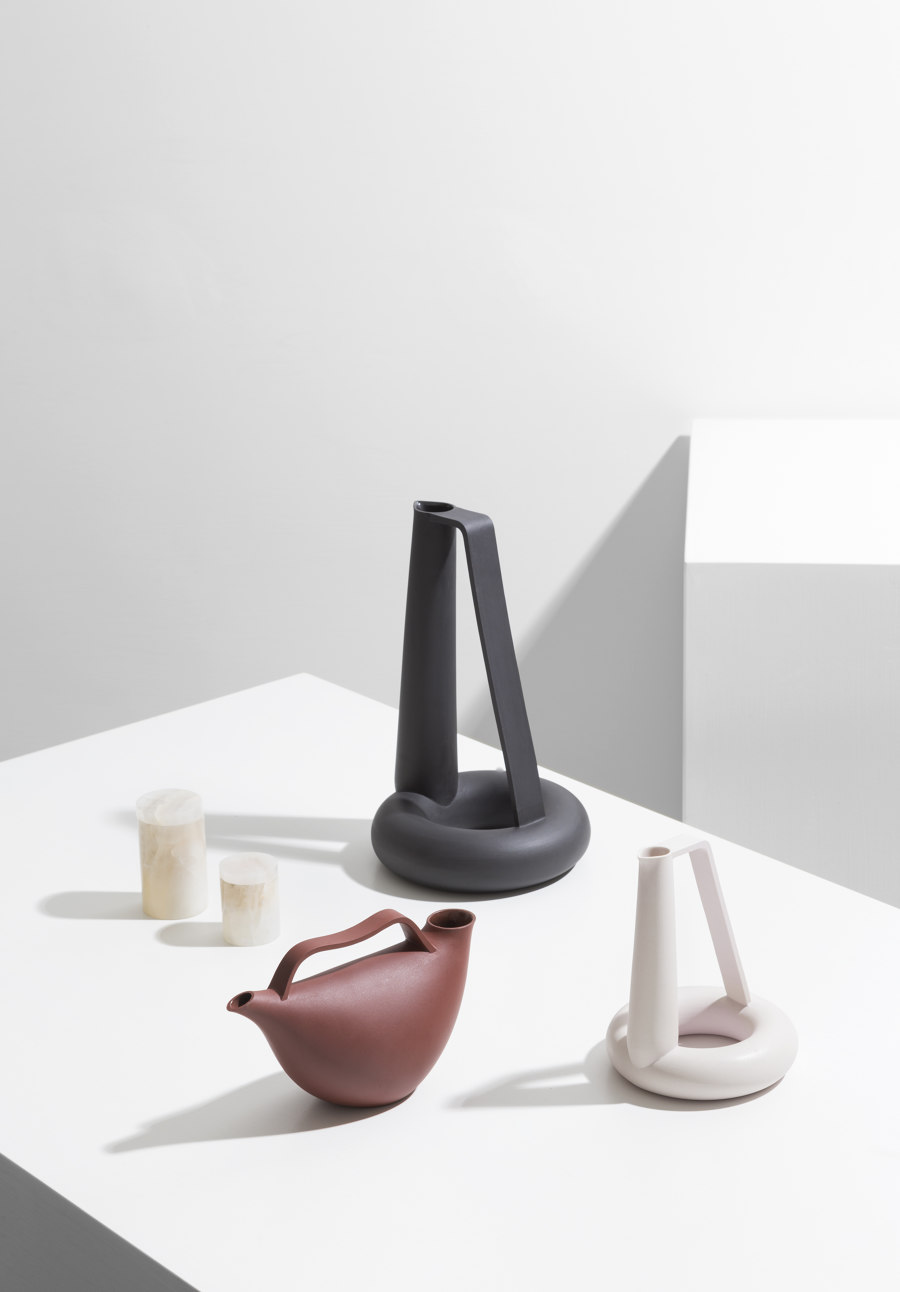
Delta 2016: Magnifier (top), Helmet (middle), Vessels (above) Photos: © Giuseppe Brancato courtesy of Gallery Giustini / Stagetti
×TLmag: In the Delta collection, you transmitted the essence of Ancient Roman artifacts into contemporary objects. Why is it relevant to explore the past?
Simone Farresin: Commissioned by Gallery Giustini / Stagetti to use Rome as a topic, we decided to take an archaeological approach and employ the city’s museums as a collective archive. We selected key archetypical objects that have been functional throughout the ages and extracted essential elements to create a series of objects, luminaires, and furnishings. For us, it’s not just about looking to history as a point of inspiration but as a source of forgotten knowledge that can inform the present. In the recent past, designers were obsessed with the new, the modernist philosophy of vying for a future that never came. Looking back is seen as nostalgic but in truth, it’s about realizing that everything man-made can be revisited.
Craftica 2012: Tables (top), Bone Jug (middle) Photos courtesy of Formafantasma ; Botanica, Collection, 2011 (above) Photo: Luisa Zanzani courtesy of Formafantasma

Craftica 2012: Tables (top), Bone Jug (middle) Photos courtesy of Formafantasma ; Botanica, Collection, 2011 (above) Photo: Luisa Zanzani courtesy of Formafantasma
×TLmag: In the Botanica project, you explored the history of plastic. How does your interest and use of an archaeological methodology extend to materials and production techniques?
S.F.: The project was initiated by Italian foundation Plart that restores plastic artifacts but also commissions new work. We began by looking into the history of how this material was first produced and implemented. What was discovered is that Pre-industrial polymers were not the limited range of synthetics we know today but rather, a wider span of mixtures, derived from animal and plant proteins. We created a series of vessels—using archaic finishes and composites—that revealed different implications, not in the least ecological concerns. Speculating on what the world would look like if oil had never been introduced to material generation, we wanted to find a way to recuperate that pre-industrial knowledge and to see where it might have a potential application today.
Ore Streams 2017: Cabinet (top), Cubicle (above) Photos: courtesy of Formafantasma
TLmag: Ore Streams is a multivalent undertaking that explores the pressing issue of electronic waste. How did you employ a similar investigative approach in developing this project?
S.F.: Design, like archaeology, is about excavating knowledge, finding new patterns like the relationship between production and recycling, colonialism and the impact of mineral extraction. We were commissioned by the National Gallery of Victoria in Melbourne to develop a research and design project that explores the global implications of electronic waste. With Ore Stream, we investigated the full lifecycle of electronic products and spoke to a wide range of experts. We were driven by the idea that we could extract raw material from waste. Linking all of this knowledge together is an informative animation but also a series of Trojan-horse furniture pieces—directly using parts from old devices. For us, this way of working is a blueprint that others can adopt: addressing and unpacking a given field, to expose what goes on behind the scenes.
Foundation, 2017 Photo: © Misar Pasquali, Johanna Seelemann courtesy of Formafantasma
Interview by Adrian Madlener
www.formafantasma.com
Instagram: @formfantasma

